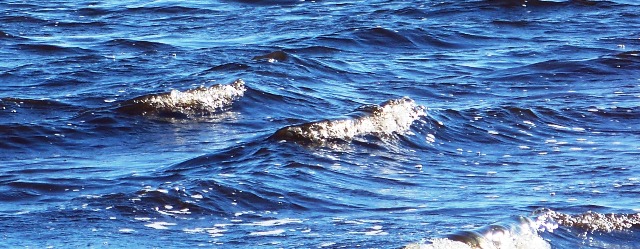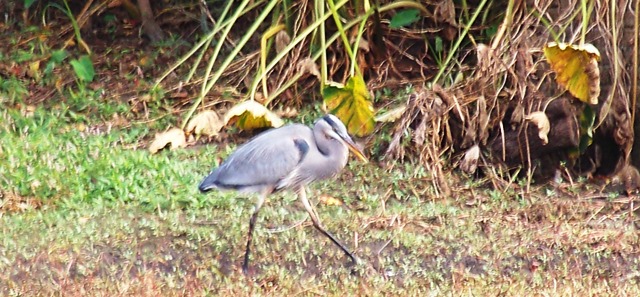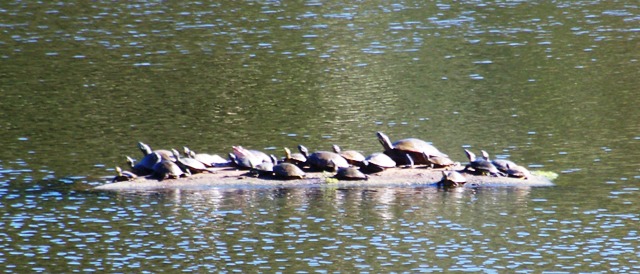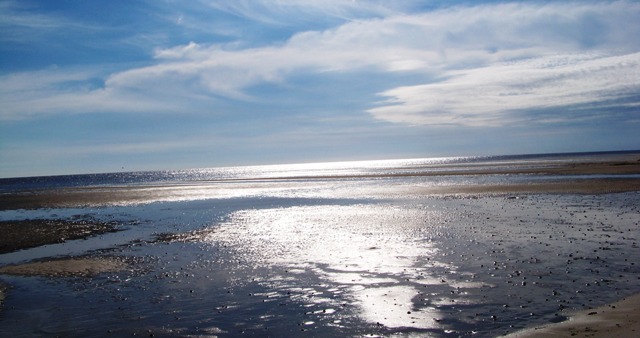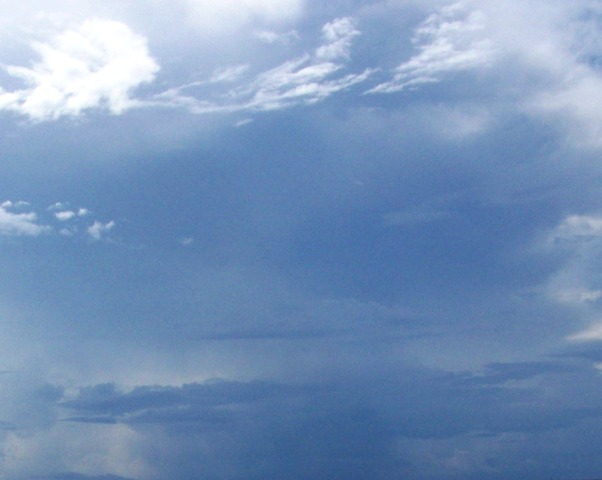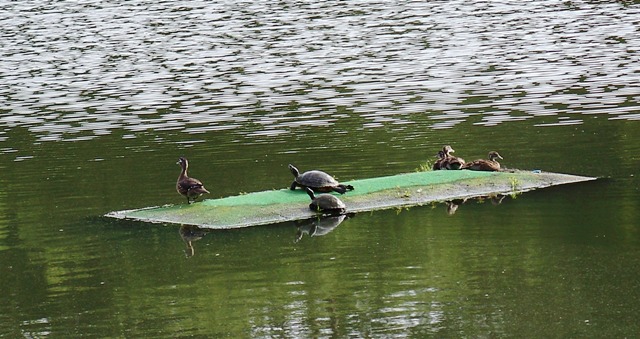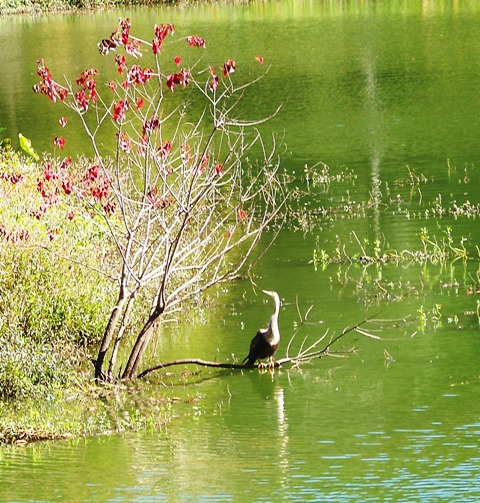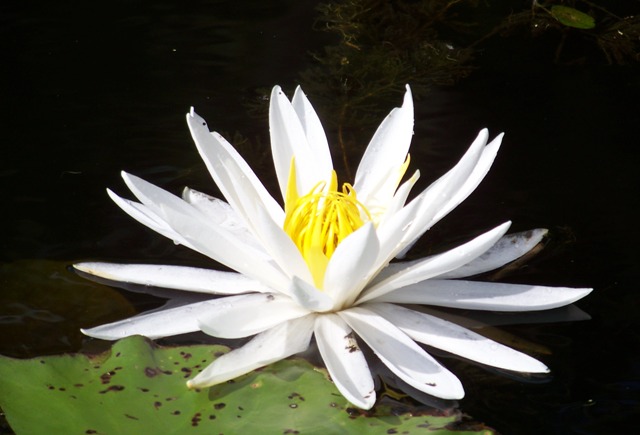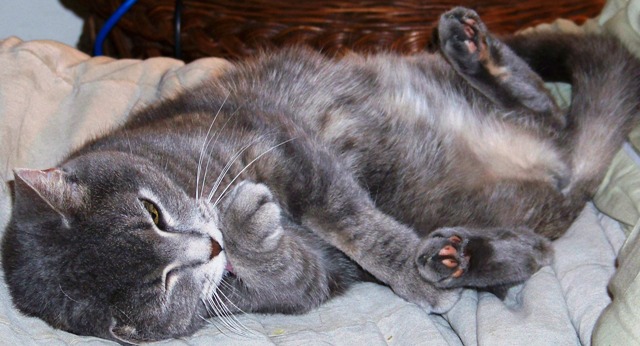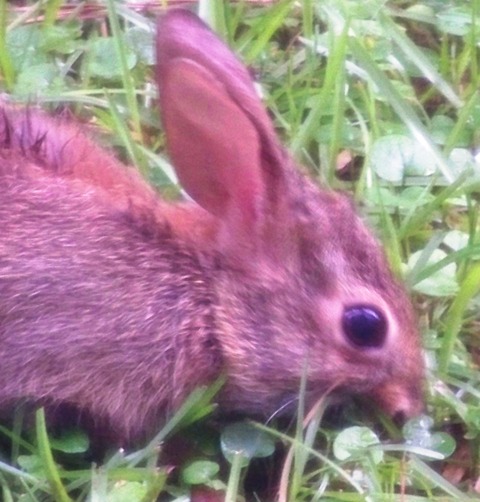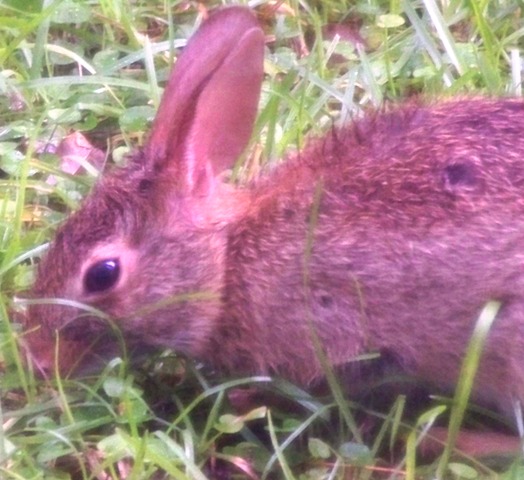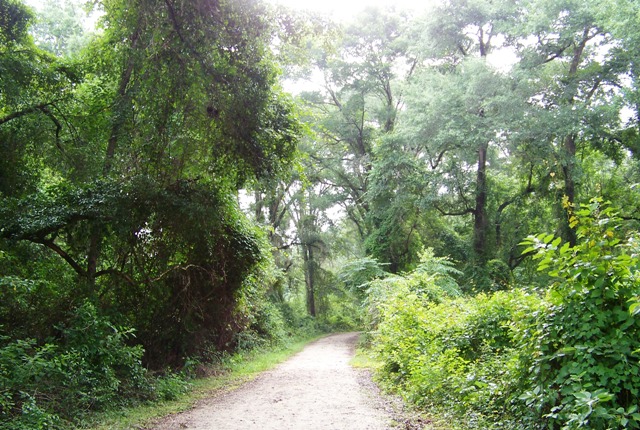When I started meditating, nothingness was my goal. I wanted to sit in the peace of living, determined to eliminate my every thought for at least one hour every morning. Upside down and inside out thinking, of course, and utterly impossible.
Big thoughts announce themselves by snatching up space as if it only exists for them. They don’t stay long, for they require too much attention. It’s the undertow of thought, subtle and inviting, that is a constant thief. *
And what it steals in meditation, it steals in life. I miss my life when I wander with the thief, creating scenarios for existence elsewhere. In other words, nowhere.
Meditation does not jail the thief for like the undertow, it will not be defeated by brute stubbornness. Awareness is sufficient. It does not take more than that, which is not to say that mindfulness is not without effort. It’s just that it’s worth it. It’s the real deal, not a scenario.
Authenticity does not abide thieves selling snake oil, the positive thinking of nary a cloud in the sky no matter the storm raging. Mindfulness delivers life as it is and stays the would-be thieves of rose-colored glasses.
There is nothing quite like that first clear-eyed view of acceptance. Nothing. Equanimity seems not the stretch it once was. Regard for the undertow reveals more of life not less.
And nowhere in my life has that been truer than in adjusting to the various levels of chronic illness. Disease is a robber only if viewed through a lens of loss. There is no shortage of lenses in life; there is one for every moment.
It’s a matter of looking at what I have rather than what I don’t. It is how I stand in my truth, my power.
This does not happen without a bit of mental wandering with the undertow but there is a magnet to mindfulness, a groove of practice. The less that I am physically, the more I am mentally. Less function equals mindfulness magnified, more prowess with the would-be thief.
Mine is the life that many fear is inevitable in aging. Nothing is inevitable. It’s about choices. I haven’t always lived mindfully. It only matters that I do now, swimming with rather than against the undertow.
An hour’s meditation alerts me to my body’s strongest signals, setting the agenda for the day. A body in stillness is my way of stripping the drama from pain and listening to its signal, going to its core. So often, I would rather steal away but going nowhere is always a disappointment.
Both physically and mentally, I have places to be–the kitchen, the shopping, and the writing, which is increasingly tedious. My fingers cannot seem to select the correct key the first time but readily (and constantly) my hand palm finds the space bar or even caps lock.
No matter the type of voice recognition software, my word structure exasperates, especially if I consider the poetic or commit the greater sin of passive voice. There is constant correction on my screen of words trying to become sentences.
Some days, I persist just because I can but my mind tires of the stop-and-go writing and finally forgets what it was trying to say. My hands stay asleep, tingling.
I’ve had to recognize and actually appreciate that it takes me two to three times longer to write an initial draft, some days more than that. It’s a lot of additional hours.
Clear-eyed acceptance is not an easy lens but it offers options. Real ones. Should I struggle with the undertow, I am only out to sea, aimless. Best to be in the life I have, as it is, exhausted and frustrated, but not so far from equanimity.

